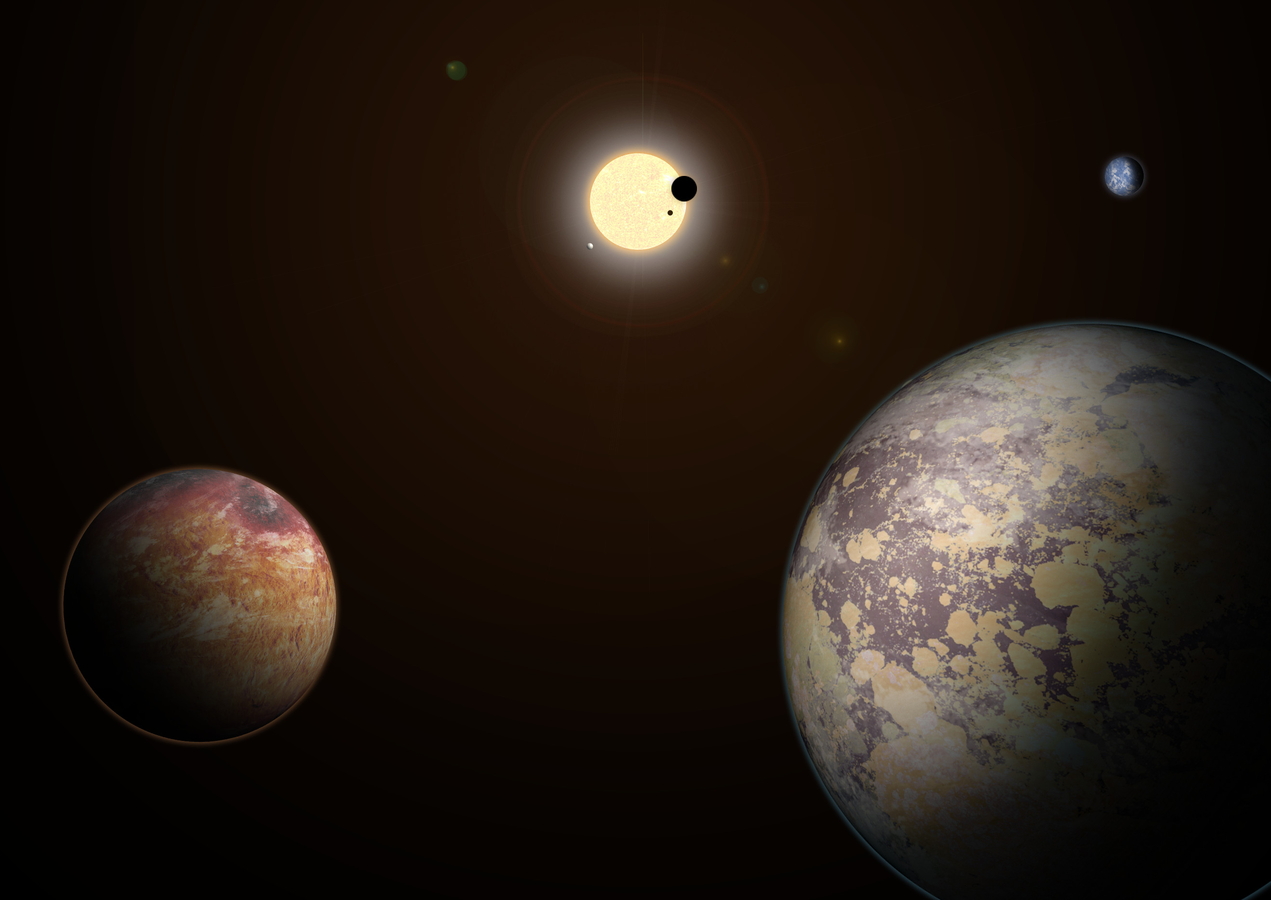Abstract: The Starshade is a large flower-shaped screen positioned far in front of a telescope so that it suppresses the light of a target star. The deep shadow formed by the starshade enables high-contrast imaging and characterization of Earth-like exoplanets. While the Decadal Survey emphasizes a highly-stabilized off-axis telescope with a coronagraph to perform these measurements, a starshade offers an alternative approach with higher observational throughput, larger bandwidth, smaller inner working angle, and a much simpler optical train than a coronagraph. The system works equally well with an on- or off-axis telescope, a segmented or monolithic primary mirror, and does not drive telescope stability. Starshade technology has made great advances over the past decade, including the demonstration of broadband contrast better than 1010 at small working angle, validation of optical models and key error budget parameters, lateral position sensing to a few cm, and the demonstration of critical structural elements with comfortable margins compared to flight requirements. A starshade compatible with NASA’s Habitable Worlds Observatory (HWO) concept has a 56 m diameter and the sensitivity to meet the Decadal goals of spectral characterization of at least 25 exo-Earths. A smaller version emphasizes UV characterization with HWO, while a still smaller starshade paired with a 1-m class telescope performs substantial UV characterization in a precursor mission. An exoplanet orbiting the star can then be observed without allowing a faint exoplanet to be directly observed.
The Habitable Worlds Observatory (HWO) concept is a 6-meter diameter orbiting telescope operating from the ultraviolet through the near-infrared with the goal of measuring the spectra of 25 Earth-like exoplanets. We present the design of a 56 m diameter starshade that has access to over 100 habitable zones and a measurement capability from UV through the near IR. We also show a second, smaller design that emphasizes UV spectral characterization, a region particularly challenging for coronagraphs. Imaging and spectral simulations are shown including realistic manufacturing errors, solar glint, and other sources of stray light.
